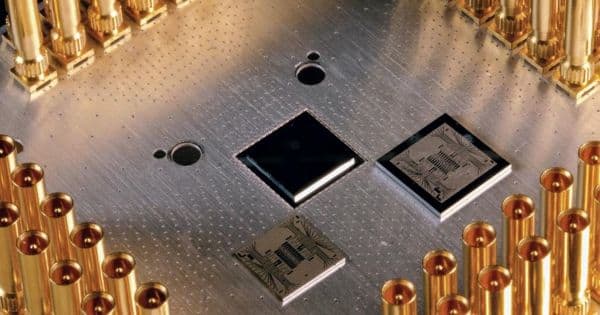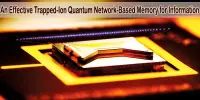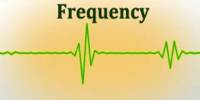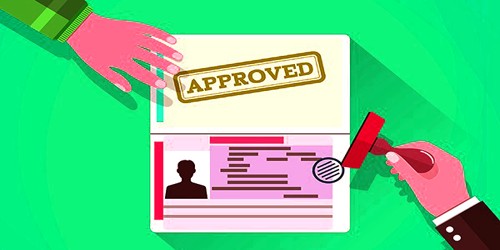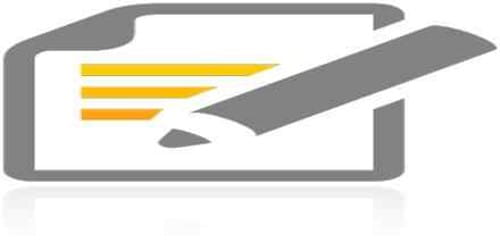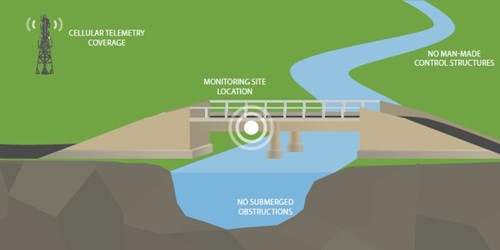Quantum computers could outperform classical computers in many tasks, but only if the errors that are unavoidable in computational tasks are isolated rather than widespread. Researchers at the University of Wisconsin-Madison have discovered evidence that errors are correlated across an entire superconducting quantum computing chip, highlighting a problem that must be recognized and addressed in the pursuit of fault-tolerant quantum computers.
The findings are reported in a study published in the journal Nature. Importantly, their research suggests mitigation strategies.
“I think people have been approaching the problem of error correction in an overly optimistic way, assuming that errors are not correlated,” says senior author and UW-Madison physics professor Robert McDermott. “Our experiments show unequivocally that errors are correlated, but as we identify problems and gain a deep physical understanding, we’ll find ways to work around them.”
Researchers have found evidence that errors are correlated across an entire superconducting quantum computing chip – highlighting a problem that must be acknowledged and addressed in the quest for fault-tolerant quantum computers.
A bit in a classical computer can be either a 1 or a 0, but a qubit in a quantum computer can be either a 1 or a 0, or any arbitrary combination – a superposition – of 1 and 0. Classical bits, on the other hand, can only produce bit-flip errors, such as when a 1 flips to a 0. Qubits, on the other hand, can make two kinds of errors: bit flips and phase flips, in which a quantum superposition state changes.
Computers must monitor errors as they occur in order to correct them. However, because quantum physics dictates that only one type of error can be monitored at a time in a single qubit, a clever error correction protocol known as the surface code has been proposed. The surface code consists of a large array of linked qubits, some of which perform computational work while others are monitored to detect errors in the computational qubits. The surface code protocol, on the other hand, works reliably only if errors are isolated and affect only a few qubits.
In earlier experiments, McDermott’s group had seen hints that something was causing multiple qubits to flip at the same time. In this new study, they directly asked: are these flips independent, or are they correlated?
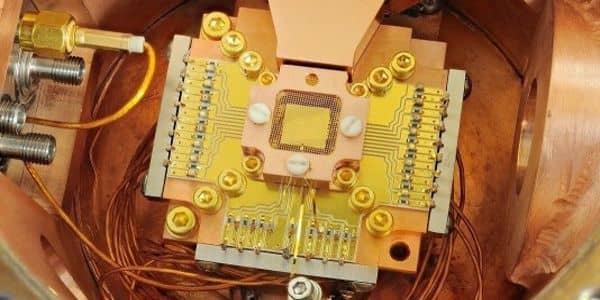
The team of researchers created a chip with four qubits made of the superconducting elements niobium and aluminum. The scientists cool the chip to near absolute zero, causing it to superconduct and shielding it from error-causing interference from the outside environment.
The researchers measured offset charge fluctuations for all four qubits to see if qubit flips were correlated. The fluctuating offset charge corresponds to a change in the electric field at the qubit.
Long periods of relative stability were followed by abrupt jumps in offset charge, according to the team. The closer two qubits were to each other, the more likely it was that they would jump at the same time. These unexpected changes were most likely caused by cosmic rays or background radiation in the laboratory, both of which emit charged particles. When one of these particles collides with the chip, it displaces charges that affect nearby qubits.
Simple design changes can easily mitigate this local effect. The greater concern is what might happen next. “If our model of particle impacts is correct, we would expect that most of the energy is converted into vibrations in the chip that propagate over long distances,” says Chris Wilen, the study’s lead author, and graduate student. “As the energy spreads, the disturbance would cause qubit flips that would be correlated across the entire chip.”
That effect was replicated in their subsequent experiments. They measured charge jumps in one qubit, as in previous experiments, and then used the timing of these jumps to align measurements of two other qubits’ quantum states. Those two qubits should be in the computational 1 state at all times. Nonetheless, the researchers discovered that whenever they observed a charge jump in the first qubit, the other two — no matter how far away on the chip — quickly flipped from the computational 1 state to the 0 states.
“It’s a long-range effect, and it’s really damaging,” Wilen says. “It’s destroying the quantum information stored in qubits.”
Though this work may be viewed as a setback in the development of superconducting quantum computers, the researchers believe that their findings will guide future research into this issue. Mitigation strategies are already being developed at UW-Madison.
“As we get closer to the ultimate goal of a fault-tolerant quantum computer,” McDermott says, “we’ll find one new problem after another.” “This is just part of the process of learning more about the system and paving the way for more resilient designs to be implemented.”
